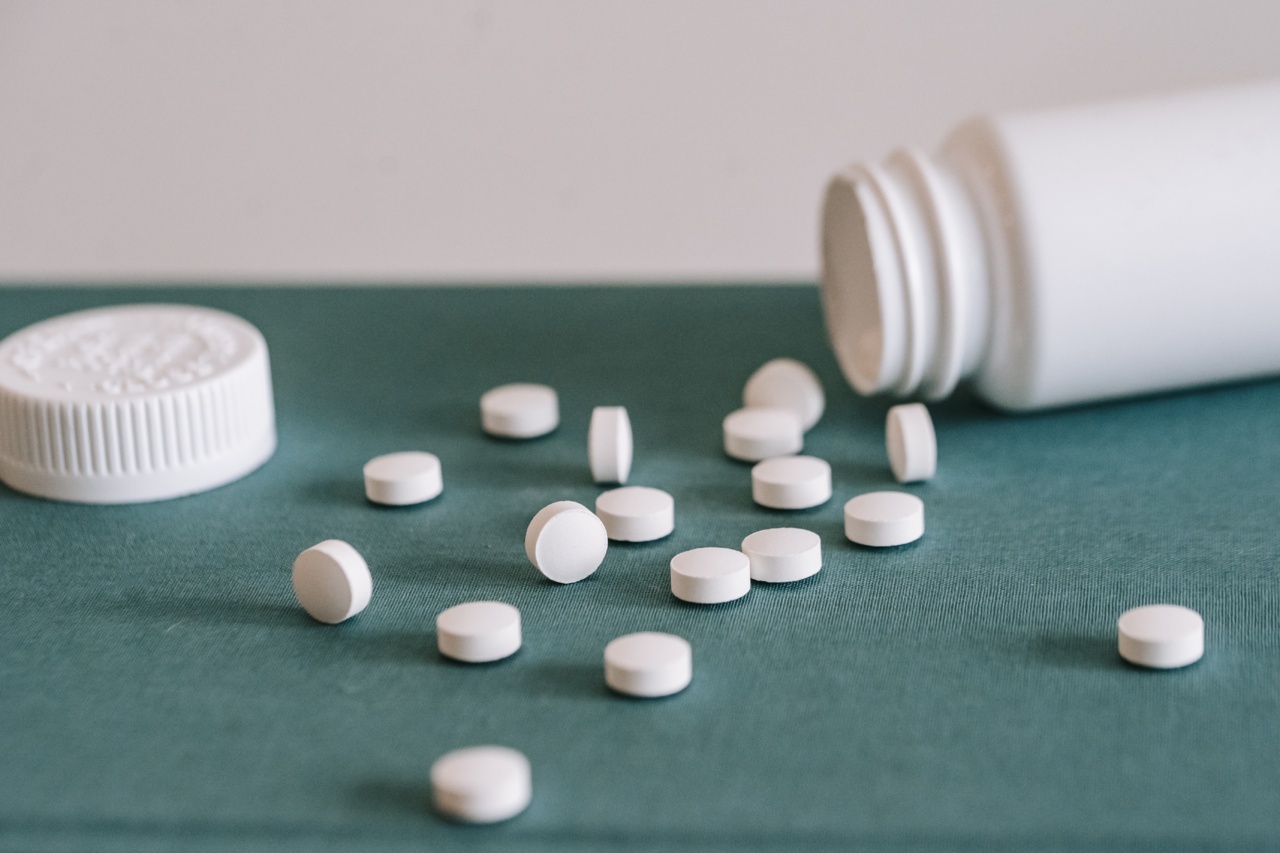Tendons are the bands of tough, fibrous connective tissue that attach muscles to bones. They are responsible for allowing us to move and perform everyday activities.
However, due to various factors, tendons can become damaged, inflamed, or even ruptured, leading to what is known as tendonitis or tendinopathy.
What is Tendon Disease?
Tendon disease refers to any condition that affects the tendons, including tendonitis, tendinopathy, and tendon rupture.
These conditions are commonly caused by overuse, repetitive activities, improper form during exercises, aging, or underlying medical conditions like arthritis.
Tendonitis
Tendonitis is the inflammation of a tendon caused by repetitive trauma or overuse. It can occur in any tendon in the body, but it commonly affects the tendons in the shoulder, elbow, wrist, hip, knee, and ankle.
Symptoms of tendonitis include pain, tenderness, stiffness, and swelling around the affected area.
Tendinopathy
Tendinopathy, also known as tendinosis, is a condition that occurs when the tendon is damaged and doesn’t heal properly. Unlike tendonitis, tendinopathy is not caused by inflammation, but rather by collagen degeneration within the tendon.
This can lead to weakness, stiffness, and chronic pain, which can significantly affect a person’s daily life and activities.
Tendon Rupture
A tendon rupture occurs when a tendon tears or completely breaks apart, causing significant pain, swelling, and inability to move the affected body part.
This can occur suddenly due to a traumatic injury or can develop over time due to chronic tendonitis or tendinopathy.
Diagnosis
If you suspect you have a tendon injury, it’s essential to see a doctor or a specialist like a physiotherapist.
They will examine the affected area and determine the severity and type of the injury, usually through imaging tests like an X-ray, ultrasound, or MRI.
Treatment
The treatment for tendon disease depends on the severity and type of injury. For tendonitis, initial treatment generally involves rest, ice, compression, and elevation (RICE) to reduce swelling and ease pain.
Over-the-counter pain medication like ibuprofen can also be helpful. In severe cases, corticosteroid injections or surgery may be necessary.
Tendinopathy treatment includes a combination of non-surgical treatments and exercises like physiotherapy, stretching, and strengthening exercises, which aim to improve tendon strength and elasticity and reduce discomfort and pain.
Tendon ruptures usually require surgery, followed by a period of rest and rehabilitation to allow for proper healing and recovery.
Prevention
The best way to prevent tendon disease is to take steps to minimize your risk of injury.
Stretching before physical activity, using proper equipment and technique, and incorporating strength training exercises can help improve the health and strength of your tendons. Adequate rest and recovery periods and avoiding repetitive or overuse activities can also help reduce your risk of injury.
The Bottom Line
Tendon disease is a common problem that can significantly affect a person’s ability to move and function correctly.
Understanding the causes, symptoms, and treatment options for tendonitis, tendinopathy, and tendon rupture can help individuals take proactive steps to improve their tendon health and avoid injury.































